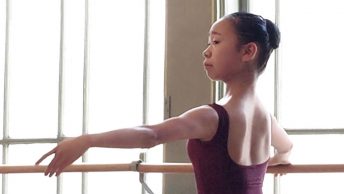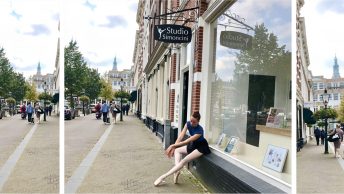The Hair Bun: A Tradition of Elegance

The Creativity Page
Januari 2025
The ballet hair bun evolved alongside the increasing technical demands of ballet in the 19th century. During the Romantic Era, hairstyles became more structured to reflect the streamlined movements required by the art form.
As pointe work gained prominence, a tight, secure hairstyle became essential. The bun kept hair off the face, offering dancers full freedom of movement while maintaining a polished, elegant appearance. Its sleek, tidy look reinforced the technical precision expected of dancers.
Today, whether high, low, or side-swept, the ballet bun remains a quiet symbol of elegance and functionality, a small, everyday act of devotion to beauty, tradition, and the dream of flight.
Hairstyles at Leading Ballet Schools
• Paris Opera Ballet School:
Low, sleek ballet bun at the nape of the neck.
• Royal Ballet School (London):
Neat, low bun.
• Vaganova Academy (St. Petersburg):
High, tightly coiled bun centered on the crown.
• Royal Conservatoire (The Hague):
Youngest students: “Broodje” — two tight braids folded low at the back of the head.
Older students: Classic low ballet bun.
• Princess Grace Academy (Monaco):
Elegant French twist (French roll).





